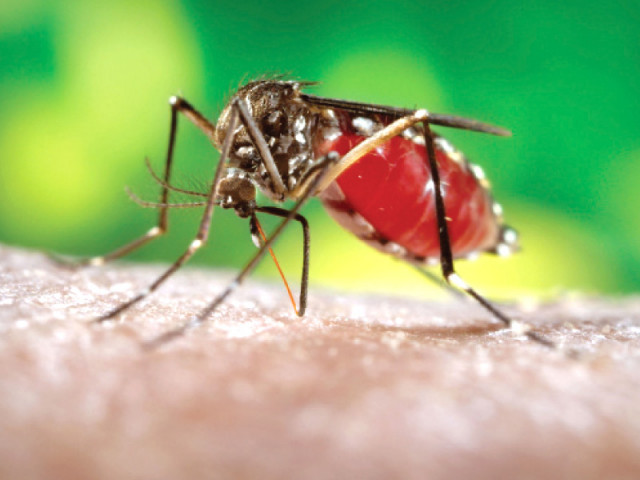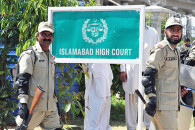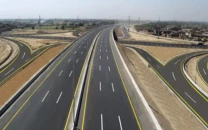Battling dengue: Carpet fogging campaign under way
DCO says number and personnel of monitoring teams increased to cover more ground.

Talking to The Express Tribune, District Coordination Officer Sajid Zafar Dall said the number of teams in the red areas have been increased to 40 — eight teams per UC.
“Each team comprises two women and will visit 50 houses in a UC on daily basis. Earlier, each team was assigned 25 houses but after the recent rise in the number of cases, the houses were increased to counter the threat,” he said. There are also outdoor teams that will monitor larva in stagnant water, tube-wells, rainwater and ensure carpet fogging, he informed further.
So far, around 242 cases have been reported in the Allied hospitals, including suspected and probable cases where as the confirmed figure stands at around 124.
“The number of patients is on decline as on Sunday only three patients were tested positive,” he said.
Dall termed the situation under control, especially after reviewing the micro-plan launched recently, and said the good news was that no patient had died so far as the hospitals are carefully managing the cases.
He said last year casualties occurred due to patients’ negligence as they contacted hospitals after their conditions had exacerbated as they had first consulted quacks in their villages. He claimed there was no need to panic as the situation is under control and the larva would be contained completely.
According to health officials, Gawalmandi was the most problematic locality but after carpet fogging there, no case has been reported so far. Additionally, Mughal Pura and Dhoke Ratta were also among the high-risk localities where the number of patients is on the decline after continuous anti-dengue fogging.
Most cases were reported from the localities which fall under the cantonment board and low-lying areas where rainwater was not drained out properly. The district government has marked five UCs of Rawal Town as high-risk areas and six of Potohar and Rawal towns as intermediate.
“The red and orange categories depend on the number of patients reported from a locality and presence of dengue larva,” the DCO said.
Published in The Express Tribune, October 13th, 2014.



















COMMENTS
Comments are moderated and generally will be posted if they are on-topic and not abusive.
For more information, please see our Comments FAQ